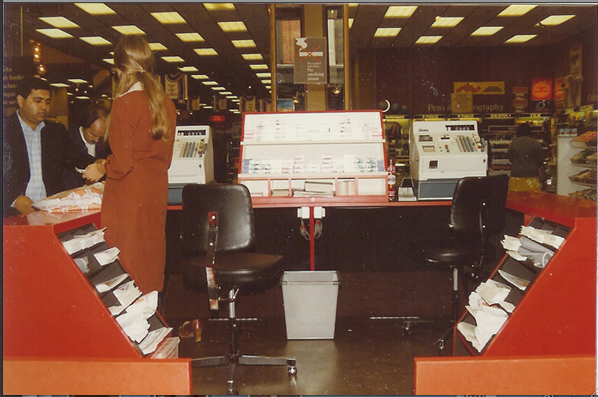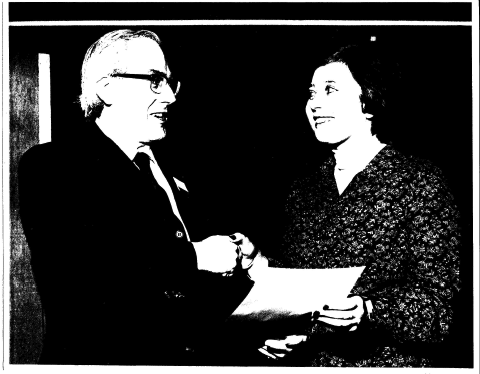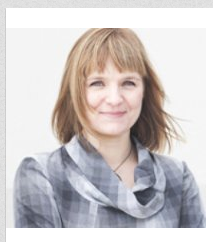Robert (Bob) Stone
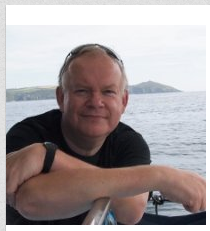
Date of MSc: 1979/1980
Project Title: “Ergonomics and the Shop Cashpoint”: An Investigation into the Biomechanic Factors Relevant to the Current and Proposed System at W.H. Smith & Son Ltd., Wood Green, London.
Pre-MSc Background: BSc (Hons), Psychology, University College, London.
Pre-MSc View of HCI/Cognitive Ergonomics:
Of course, HCI and Cognitive Ergonomics were terms that had not even entered into the Ergonomist’s “lexicon” at the time when I was considering what to do after my undergraduate studies in Psychology. I had very much enjoyed the Experimental and Cognitive Psychology aspects of the UCL course and was keen to pursue an applied research career in defence or aerospace. I was, therefore, very fortunate when, in my final year, I discovered that the main Psychology building, then in Gordon Square, was, more or less, right next to something called the “Ergonomics Unit” (before it moved to Bedford Way). A couple of visits to meet and talk with the late, great Harry Maule and Rachel Birnbaum (today Rachel Benedyk, of course) and it all came together! At that time, the MSc on offer was simply entitled “Ergonomics”, but I genuinely believed (and I was right!) that the component modules would help me to develop the skills and knowledge necessary to pursue the career I wanted. Indeed, about a third of the way into the MSc, and with significant encouragement from my fellow students, I was invited to Filton for an interview as an Ergonomist with British Aerospace’s Human Factors Department. Unbelievably, I was offered the job shortly thereafter and the company kept the post open until I graduated.
Post-MSc View of HCI/Cognitive Ergonomics:
I attended John Long’s earliest Cognitive Ergonomics lectures at UCL, as they were introduced towards the end of the MSc teaching period in 1979. In contrast to the “classical Ergonomics” content of the earlier part of the course, these lectures were quite radical in that they introduced a whole new domain for those studying the relationship between the human and his/her working environment. If I was totally honest, many of us on that course came away from those lectures somewhat bemused, having wondered what relevance this Cognitive Ergonomics “thing” actually had when compared with the topics we had been taught thus far! We even started to develop our own “cogno-speak” student support document!
Nevertheless, we could all sense that there was definitely a culture change in the air – one that has grown exponentially since, and continues to flourish. I guess my one concern with the domains of HCI or Cognitive Ergonomics is that, in my experience, and certainly since undertaking the MSc and meeting some of the later generation of students from UCL and elsewhere, I (and many others who were “classically” trained) have noticed a distinct tendency for practitioners of said topics – especially those interacting with industry, as opposed to those who are closeted within academia – to sometimes lose sight of what it is they’re trying to achieve. Indeed, this has even led on occasions to losing the hearts and minds of their stakeholders altogether. Not completely sure why this is – probably a language thing – but I do think that HCI practitioners sometimes do themselves no favours in the way they present their theories and results to the individuals and groups they’re trying to engage with. Ergonomists are not blame-free either!
All in all, I have to say that I count myself as one of the “lucky ones”. When taking my Ergonomics Masters at UCL, I had the benefit both of the established Harry Maule era and an insight into the new era of Cognitive Ergonomics and HCI.
Subsequent-to-MSc View of HCI/Cognitive Ergonomics:
Of course, having said the above, HCI/Cognitive Ergonomics is now recognised as a field of research and practice in its own right and the disciplines have played a highly important role in my career, in both my industrial and commercial “eras” and, more recently (since 2003), in my academic pursuits. The rapidly evolving fields of Virtual and Augmented Reality, not to mention issues of blended control in the supervision of complex robotic systems, interaction with digital humans and the special interface design requirements of hospitalised patients or those with dementia, all call for a strong knowledge of HCI techniques, from usability analyses and multimodal interface design to the measurement of mental workload and situational awareness.
However, the “classical” topics making up the discipline of Ergonomics, as taught during my time at UCL, have not been wasted. Regardless of whether it was in support of defence projects in what was my first job at the British Aerospace Dynamics Group in Filton, my time as a research manager at the UK’s National Advanced Robotics Research Centre, as director of a Virtual Reality company, even fulfilling the role of Research Director for the Human Factors Integration Defence Technology Centre, participating in projects that require both “classical” and the “modern” approaches to the pursuit of excellence in Human Factors has – for me, at least – delivered the greatest degree of satisfaction.
Additional Reflections:
All in all the course was excellent – honestly, the best education decision I ever made, especially as I saw far too many of my Psychology peers ending up working in retail outlets and similar establishments, which was a great shame. It was also quite useful being the youngest on the course, as I managed to pick up some useful hints and tips from some of the older students relating to real human-in-the-loop projects they had been involved with.
What memories stand out? Well, there are many, but I do recall a few key experiences. For instance, lunchtimes after Physiology lectures at Chelsea College (I think that’s where they were held) were always interesting. On the “advice” of previous students, we were encouraged to retire to a nearby hostelry for food, beverages and, well, let’s just say “disrobing entertainment”. Not at all politically or academically correct, but I was the youngster in the group, after all, and, as such, had to make certain sacrifices to gain the acceptance of my peers! And what about the inspirational lectures on the Systems and Instrumentation module by Heinz Wolff at the Clinical Research Centre? I recall Heinz presenting in his usual unique style, focusing on the Ergonomics aspects of designing a public spaghetti-dispensing machine!
On a more serious note, I have strong and fond memories of the visits to Farnborough in the good old days, when the Army Personnel Research Establishment, the Royal Aircraft Establishment and the Institute of Aviation Medicine represented all that was excellent in British Human Factors R&D. Those visits alone convinced me that I was destined to pursue a career in defence and aerospace.
I also remember with fondness the anthropometry and biomechanics lectures at the Royal Free, courtesy of our sadly missed colleagues, Professor Don Grieve and Dr Steve Pheasant. Don took great pleasure in giving his musculo-skeletal lectures whilst leaning on the nose of his latest cadaver, not to mention pulling back the body cover sheet – in an almost Quincy-esque way (for those of you who remember the introduction to that old TV series!) – to expose the underlying dissection work in progress! And yes, one of our students did keel over (not mentioning any names!).
The trips that were put on by the Ergonomics Unit were also first class and did much to foster an appreciation of how important it is not to practice the discipline as an “armchair specialist”. Getting out into the real world, observing, engaging, even working with end users is absolutely essential to our discipline. Yet, even today, I come across researchers who generate Human Factors recommendations without going anywhere near the system or workplace of interest. The Ergonomics Unit academic staff (and Rachel in particular) introduced us to a wide range of real-world activities, from control centre design on the London Underground and driving the tube trains on the recently-opened Jubilee Line, to human-mediated postcode sorting at the Post Office’s building in Croydon (long before optical character recognition!).
One visit, to Walls’ Food Processing Factory in Acton, was quite an experience. I remember being amazed at the workers whose sole job it was to sit around a large metal container and peel hard-boiled eggs for Gala Pies all day! The goody bag of meat items that we all received at the end of the visit was a welcome donation to our otherwise empty student fridges! Well … maybe not all of us, as there were those who said they would never eat pies and sausages again! Nevertheless, the experience stuck with me and actually helped enormously when I was called upon later in life to conduct an Ergonomics evaluation of working conditions in a well-known, Hereford-based chicken processing factory.
The trip to Donisthorpe Colliery in Leicestershire was, for me, the highlight of the course, and John Long, still very new to the Ergonomics Unit, joined us on that occasion. Sadly the coal mine officially closed the year after our visit, but the experience of being winched into a dark, dusty and very noisy environment, with the occasional pressure wave caused by blasting, was certainly one that dominated our discussions for a long time thereafter. We were also accompanied on that trip by Laird Evans, a final year student at UWIST. Not only was I to meet Laird soon after leaving UCL, when we both started work at British Aerospace, he was also Best Man at my first wedding! Laird stayed on at Filton after I had left to join the UK National Advanced Robotics Research Centre in Salford – to this day he’s still involved with BAE Systems at Filton in his role of Human Factors Capability Leader.
As an aside, I recently found my Ergonomics 1979/1980 Course Mug which itself brought back some great memories, including, for example, in October 1979 visiting the home of our resident potter, Stewart Thompson, together with Tony Rubin and David Pullinger, to watch the (then) latest Quatermass TV series (starring John Mills). Not sure his mugs adhered to any Ergonomic criteria, but, when full, you certainly needed a strong arm and wrist to handle the hot contents!
The experiences I gained from my Ergonomics project have served me well over the years, especially with regard to the importance of engaging with stakeholders – end users, members of the public, management, unions and so on, not to mention learning the different languages of a multidisciplinary team and ensuring that design concepts and modifications are presented to, and evaluated with stakeholders on regular occasions. Sound like ISO9241? You bet it does!
Looking back on those pioneering days, I remember building 5th, 50th and 95th Plasticine models of W.H. Smith employees to evaluate the cardboard shopfront and checkout models we constructed with the technical team in the basement at Bedford Way. Having recently (2014) delivered a Virtual Reality Submarine Command Space Prototyping Tool to Dstl – one that includes digital, poseable avatars with different anthropometric dimensions, I wonder how we ever coped in the days before digitisation and Virtual Reality! Not to mention, having to type up the MSc thesis using a cheap manual (non-electric) typewriter, with every illustration lovingly prepared using Letraset rub-down characters and Rotring technical drawing pens!! What a shame that my full-size checkout prototype, which was installed at the W.H. Smith branch in Wood Green, ended up in splinters – a collateral casualty of the IRA bombing in December, 1992.
Nevertheless, I can safely say that my time at Bedford Way has had a major impact on my life and career. Even when getting involved in radically new technology areas, such as Robotics in the late 1980s and Virtual Reality in the early 1990s, it was the important message of “putting the human first” that stuck with me. My current post is Chair in Interactive Multimedia Systems at the University of Birmingham and I direct a small group of engineers, simulation and AI specialists called the Human Interface Technologies Team (see www.birmingham.ac.uk/stone). As well as my main research interests in Virtual and Augmented Reality applied to defence, healthcare and cultural heritage, together with a strong ongoing involvement in future land, air and subsea remotely operated systems, I also teach first year, third year and Masters students. I am always conscious that some of the Ergonomics and Human Factors messages I feed my students are not at all dissimilar from those that were fed to me all those years ago. In fact, I still have my course notes from 1979 and some of the contents are as applicable and significant now as they were back then.
As anyone can see from my Uni website, I am still seriously hanging on in there, despite the fact that I sometimes feel some of my academic colleagues are desperately in need of a reality check! As for my Student Reflections, sorry it has taken so long – we are constantly on the go with funded projects (thank goodness!) and, as you’ll see from my Uni Website, I spend a lot of time taking my students into the field with all sorts of evolving technologies. I am not sure my memory has been entirely up to writing these reflections, but it’s been amazing how sitting down and going through a few photographs from the course and finding that old ceramic mug has helped to bring the fading memories back to the surface!
To finish things off, here’s a photo of our visit to Donisthorpe Coalmine, February, 1980.
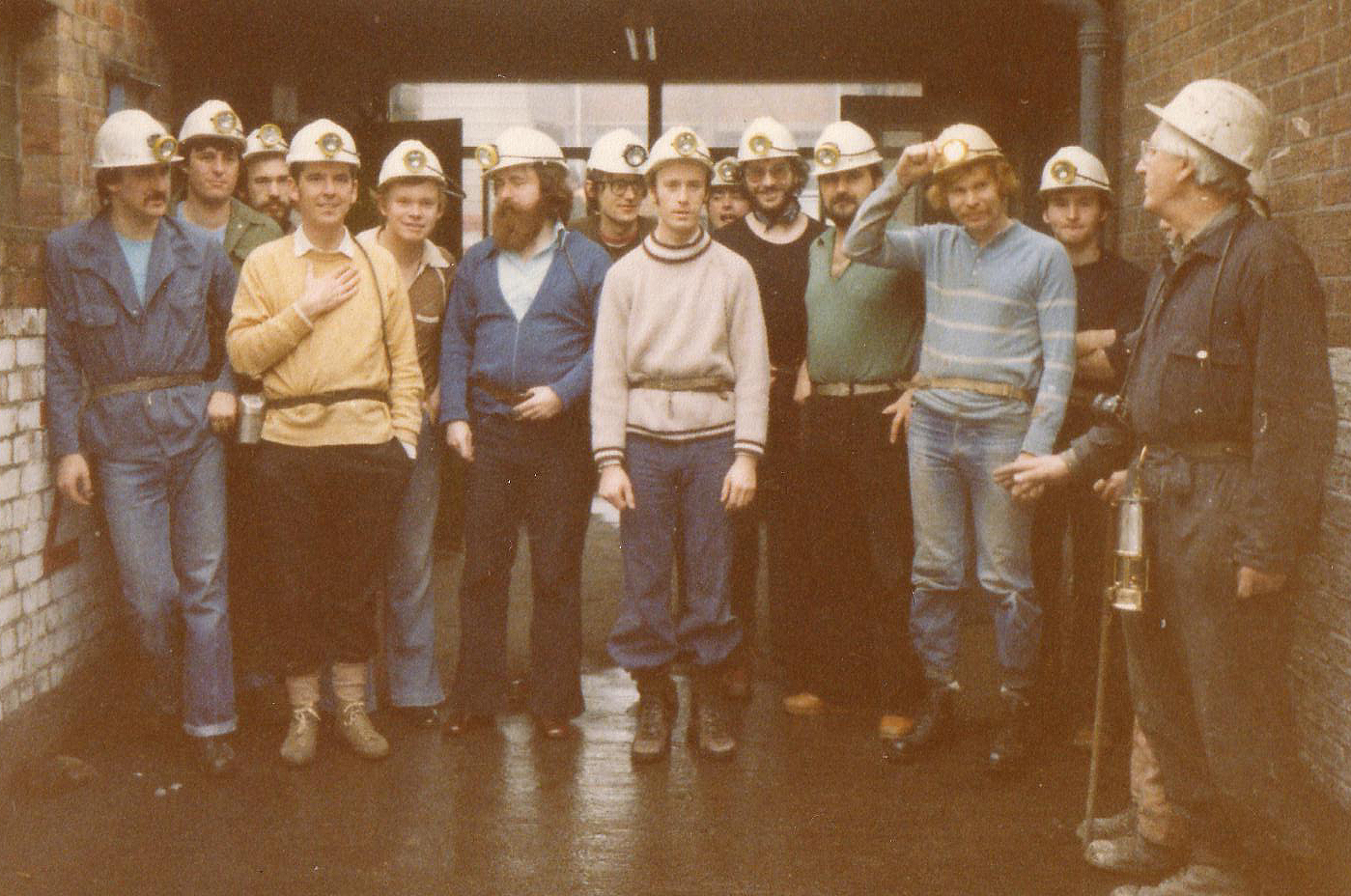
Student Project: W.H.Smith Check-out Model
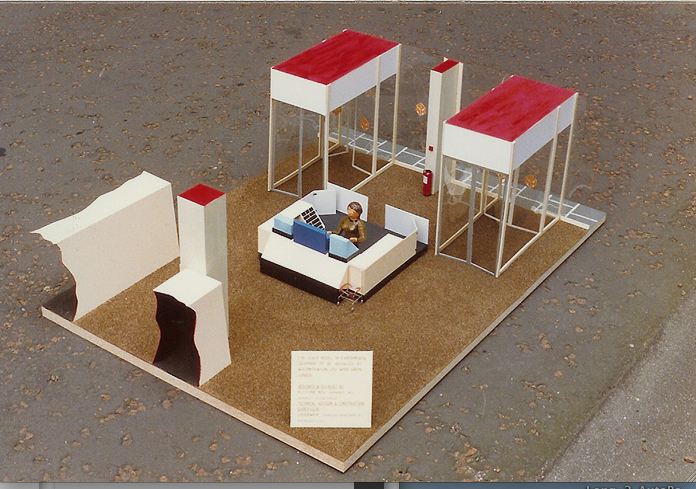
W.H.Smith Check-out Actual






